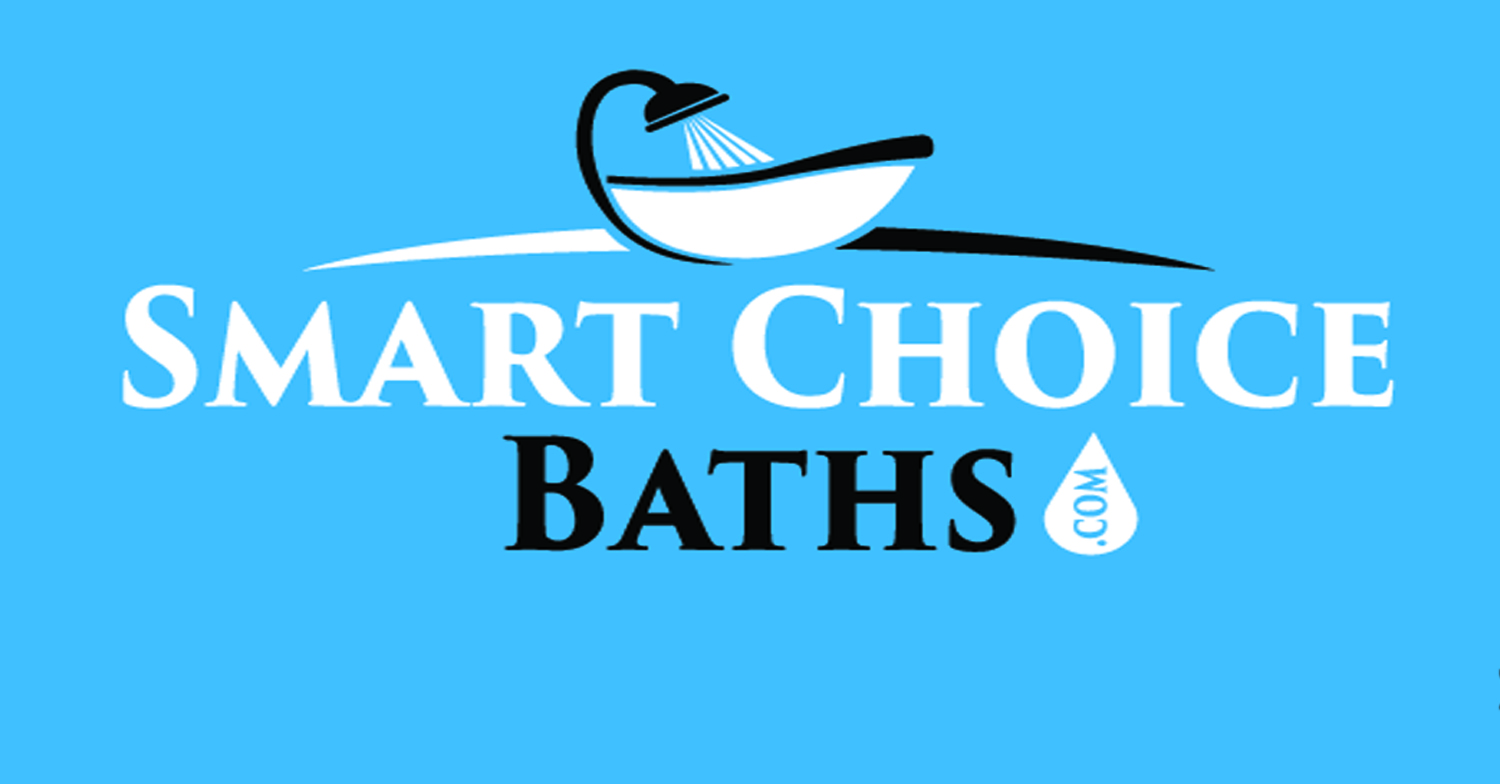It’s been a big week for the North Royalton City School students who have chosen to return to the classroom for traditional learning. As the local district begins its phased-in process for blended, in-person learning, teachers reflected on their preparations for the school year. Many local teachers, both at the city schools and at Saint Albert the Great (which offers fulltime, in-person learning and a virtual option), responded to our request for interviews and we share excerpts from their interviews here.
What steps did teachers take this summer to prepare for the start of the school year?
Matt Ciha, Math Teacher, North Royalton High School
“Lots and lots of exploring different strategies and resources. It was hard to make any concrete plans as the world changes almost weekly and in-person versus hybrid versus remote all require very different things for both students and staff. The main thing that was a focus was staying connected with the kids. That was one of the biggest struggles in the spring. Student engagement is of utmost importance and is something we can take for granted in a traditional classroom. We are all experts at our content and teaching strategies, so the focus was really on how to build that connection with students. Flexibility is still a daily trait as some strategies we discovered, finessed and tested with our colleagues during our planning time ended up not working with 25 to 30 students all working at the same time. Adjustment and recalibration are happening constantly and are just part of the process.”
Jennifer Rolinc, third grade, Saint Albert the Great School
“This summer, I attended many virtual professional development sessions about how to connect with remote learners, software programs that were new to me, and how to cater to the social-emotional learning of my students. I prepared for the year by trying to think of how I would present lessons both remotely and in-person. I had a notebook full of ideas. I was reaching out to my coworkers every day to bounce ideas off each other. My preparation for this school year started weeks before my typical preparation. Usually the stores have their school supplies ready for purchase before I am ready to start planning for the year. This summer, I was already planning long before the stores had their displays set up.”
Allison Vega, fourth grade, Saint Albert the Great School
“Personally, I prepared by doing research on home or virtual learning. There were a few professional development courses that I also took part in. They were based on how to teach math in a virtual classroom. They mainly focused on how to conduct math stations with virtual station slides. I have yet to try them, but I am looking forward to doing it with the students soon. Not only did I prepare for the virtual aspect of teaching, I prepared as if it were a normal school year. Preparing a classroom for the school year can take a lot of time, which is what I spent most of my time during the weeks leading up to the first day of school. As a teacher, it’s vital to be flexible. Things never go as planned, so having a few back up plans is a good idea. It’s sometimes hard to be flexible when you’ve planned a great lesson or day for the students, but if 2020 has taught me anything, it’s that I need to go with the flow! Changing my plans or course of action is not going to harm me. Sometimes it might even be easier to go with the flow than to plan and worry! I just keep telling myself that every teacher and student is in the same boat this year. None of the students or teachers is going to be behind. We’re all in this together!”
Kriste Smith, business teacher, North Royalton High School
“This summer, I participated in more than 150 hours of professional development so that I would be better prepared for this school year. I focused on learning Zoom, Google Meet, Nearpod, Flipgrid, and creating a Digital Classroom. Our district also provided a comprehensive site for teachers to use as a reference source and learning tool for a variety of teaching methodologies to assist with remote learning. It was very helpful. I really did not know how the school year was going to begin, so I wanted to be prepared for different scenarios.”
How did the first day of school go?
Rachel Tarnowski, third grade, Albion Elementary School
“September 1 was the first day with North Royalton students. It was a day that every teacher was preparing for months in advance. No matter how many years of teaching experience, it felt like the first day of your first year all over again – in a good way. I have never seen so many teachers come together to make sure students were receiving the best possible lessons online. Digital learning is hard, but the collaboration of North Royalton teachers is inspiring!”
Melanie Miller, sixth grade, Saint Albert the Great School
“The first day back for students at Saint Albert the Great was Wednesday, August 26. The first day was fantastic. Our administration and school advisory taskforce researched and created, then trained our staff with new protocols to keep teachers and students safe. We knew that many of our students may have had anxiety with so many new changes, but I believe our faculty’s thoughtfulness and positivity calmed any fears. As a sixth grade teacher, I used some of my students’ energy and participated in brain breaks with them. We danced in our own workspaces, we talked about our summers, we filled out interest surveys, and colored name tags. We did normal first day procedures, but after being out of school since March, we knew we had to have some fun, too.”
Stephanie Buit, sixth grade math teacher, North Royalton Middle School
“My team had a great first day of school! We planned several beginning-of-the-school-year activities and had students use an online digital portfolio called Seesaw to upload and store these activities so every teacher could see them and respond. Teachers created their own versions of all activities so the students could get to know us, too! The activities included: a first day of school picture with a team-themed frame and the district’s first day of school image; an introduction video; a virtual locker where students added images that mean the most to them and used the voice-over option to explain what they chose; and a ‘Put a Finger Down’ activity where students put a finger down when a statement true to them was stated. These activities were a wonderful way for us to get to know our students and begin to build the relationships we cherish.”
Caroline Halle, Kindergarten, Saint Albert the Great School
“It was a day I will never forget. Being back in person with my students face to face brought me to tears. We introduced ourselves, played some get-to-know-you games and read stories together. The day flew by, but I made sure my students knew me and felt comfortable so that the next day would be that much better.”
What tips do you have for families adjusting to virtual learning? What have you learned in the process?
Melanie Miller, sixth grade, Saint Albert the Great School
“My advice to families adjusting to virtual learning is that you are doing an excellent job. You cannot compare this new style of learning to what learning was like pre-COVID, just as you cannot compare current in-person learning to what school was like this time last year. This is new territory for us all, but when we support each other, we are all working towards the same goal: educating our children no matter how that might look. I’ve learned to focus on giving grace during this time – I never want my virtual students to feel anxious if they are having trouble with an assignment due to technology issues. There have been moments where I have felt stressed as I learn this new style of teaching, but my students and their families understand and have been incredibly supportive. Grace is truly the theme for this year.”
Matt Ciha, math teacher, North Royalton High School
“The best tip for all of us on all sides of this issue is being flexible, coupled with communication. This is a very frustrating process and it can be VERY tempting to just throw up our hands and call it a day, but that really will not help in the long run. So far, kids and families have been very good with reaching out if there are connection issues or they get booted out of a Zoom. We have many different ways we can push content out and if we stay open with each other in terms of expectations and confusion, we will find some solid footing to make this virtual experience the best it can be.”
Allison Vega, fourth grade, Saint Albert the Great
“I keep reminding my students, especially the home learners, that communication is key during this time. If they need help or are unsure about something, it’s important for them to reach out to me. I would also suggest that being flexible might also make things easier for them. Again, I have learned through this whole process that I need to be flexible with everything that is going on. I also need to be a role model for my students. Students learn from example, and I try to set the best example I can. If they see that I am following the new rules and guidelines during the school day then they might have an easier time following them as well.”
Kriste Smith, business teacher, North Royalton High School
“I think consistency is the key here. Students should be attending classes just like it was a ‘regular’ school day in the building. Teachers are aware of technological glitches that happen from time to time because of internet connectivity. I have been very flexible in working with individual students who are struggling with technological issues or device issues. I know our district is working hard to resolve any issues they become aware of. It takes time and flexibility. Families can help by ensuring that their students are logging in when needed and engaging.”
Gabby Heinemann, eighth grade English/language arts teacher, North Royalton Middle School
“We are truly all in this together. This is a new normal for everyone, and having an open, on-going dialogue between teachers, students and parents is key for student success. Additionally, having a set daily schedule for classes has been so helpful during this time. Structured routines are vital for middle school students. Therefore, it is important for students to stick to their daily schedule to keep a sense of routine and normalcy at home.”
Jennifer Rolinc, third grade, Saint Albert the Great School
“What I have learned is to have patience, and lots of it. Remote parents and students need to patiently trust that we teachers are trying our best. We will make mistakes and we will forget things, but we won’t stop loving what we do, and we won’t stop loving your children. Teachers need to have patience with our remote learners as they, too, are navigating unchartered waters. We may need to repeat directions many more times than usual now because those home learners might not have the same visual cues that we have in the classroom. But that doesn’t mean those learners aren’t giving 100 percent. We have to be patient with those remote learners who keep unmuting so that they can talk to us, because they are often sitting in a room alone for most of the day, and they just want some interaction. Patience is what will help us all get through this!
Stephanie Buit, Grade 6 math teacher, North Royalton Middle School
“Communication and collaboration between home and school is always a priority. I have learned that with remote learning, it is essential we bridge the physical gap between home and school by working together as a team to support all students and their needs. I would recommend helping your children establish a routine within their new schedule that works best for them and your family, and do not hesitate to reach out for help when you need it.”
In all of this, what’s been most challenging for you as an educator? What’s been the most energizing?
Allison Vega, fourth grade, Saint Albert the Great School
“The most challenging thing that I have encountered so far as an educator in 2020 was teaching from home. The uncertainty of not knowing if we were going back to school during the fourth quarter last year or finishing the school year at home was really hard. I didn’t know when I was going to get to see my students next. The most exciting part of 2020 was getting back to school to see my students and coworkers. Being an educator is so much more than teaching students. It’s also about the relationships that are made at school. Being away from everyone for six months was extremely difficult, and I couldn’t be happier to be back at school.”
Gabby Heinemann, eighth grade English/language arts teacher, North Royalton Middle School
“Without a doubt the most challenging time for me was leaving our students and classroom so quickly in the spring. I don’t think any teacher knew at the time that would be the last time we would see our students face-to-face. However, it has been so wonderful getting to know all of our students and see their faces. The students truly seem both eager and excited to be in a ‘virtual’ classroom and interact with their peers and teachers again.”
Jennifer Rolinc, third grade, Saint Albert the Great School
“The most challenging part for me is the ‘first-year teacher’ feelings I have all over again. So many things that used to be routine and second nature to me are now new and I have to stop and think about even the simplest of actions to make sure I’m keeping my students safer than ever.”
Melanie Miller, sixth grade, Saint Albert the Great School
“The most challenging aspect for me as an educator is learning to let go of what I would have done last year compared to now. I want to hug my students when they need a hug. I want my students to work together closely in groups. I know that my students’ safety is my top priority,
but it is still challenging to realize that I have to temporarily put these things on hold. However, what has been the most exciting part is realizing how resilient my students are. My students make me so proud because they understand the importance of the protocols that have been set. I have not heard a single complaint from all the new protocols that are currently in place. They are so happy to be back in the classroom, and the energy I feel when I walk into our building is one of the most refreshing feelings I have felt in a very long time.”
Rachel Tarnowski, third grade, Albion Elementary School
“I think the most difficult part of digital teaching is not being able to see the kids in person and have that instant connection. There are so many times that I have wished I could just jump through the screen to assist or give supplies to those in need. I cannot wait to be face-to-face again so that children can experience a normal third grade life. The most energizing and exciting part is working with such inspiring educators. This journey has not been easy. There are so many extra hours of preparation added to the day, but it is so nice to be surrounded by positive people. The kindness of families has also been inspiring to keep going. Finally, the kids are pretty amazing too! They are doing things online that many adults cannot do or understand themselves. They are resilient and know how to keep problem solving through it all.”
Matt Ciha, math teacher, North Royalton High School
“The biggest challenge by far is managing a wide range of tech issues and capabilities. You can have the best internet package in the world but if you have three to four kids in one household all trying to be in various video calls, there will for sure be dropped calls and lag. Being remote also makes it very hard to troubleshoot when a student is having tech issues. It might be an easy fix but if you can’t see their screen to help them navigate, it really becomes difficult. The most energizing part is absolutely seeing and talking to the kids every day. It is obviously not the same as in-person, but even after just more than a week, you can start to see the individual personalities coming out. Kids are a lot more resilient than we sometimes give them credit for and it has been nice to see the vast majority of students troubleshooting issues and truly trying their best to make this work.”
Kriste Smith, business teacher, North Royalton High School
“Preparing for the opening of this school was exciting yet stressful. I wanted everything to go well. It was so strange to start my very first Zoom class with 25 students just looking at me through the computer screen. Very strange. It was quiet. They were muted and very little feedback is given that way. I built in several days of ‘getting to know you’ activities. Virtual learning is not the perfect platform for open, easy communication. It works, but sometimes it’s lagging or the students are frozen. The students have been amazing. They are doing exactly what they should be doing. They are engaged and participating in the sessions. They are also understanding when something doesn’t go as planned. I have had to come up with a Plan B on the spot and so far, so good. My favorite introductory activity was a Flipgrid assignment where the students made a video introducing themselves to the class. I could really see their personalities come through and all of the videos were enjoyable to watch. As a teacher, I finally had a sense of who was sitting on the other side of the computer screen looking back at me.”

By SARA MACHO HILL
Contributing Writer














